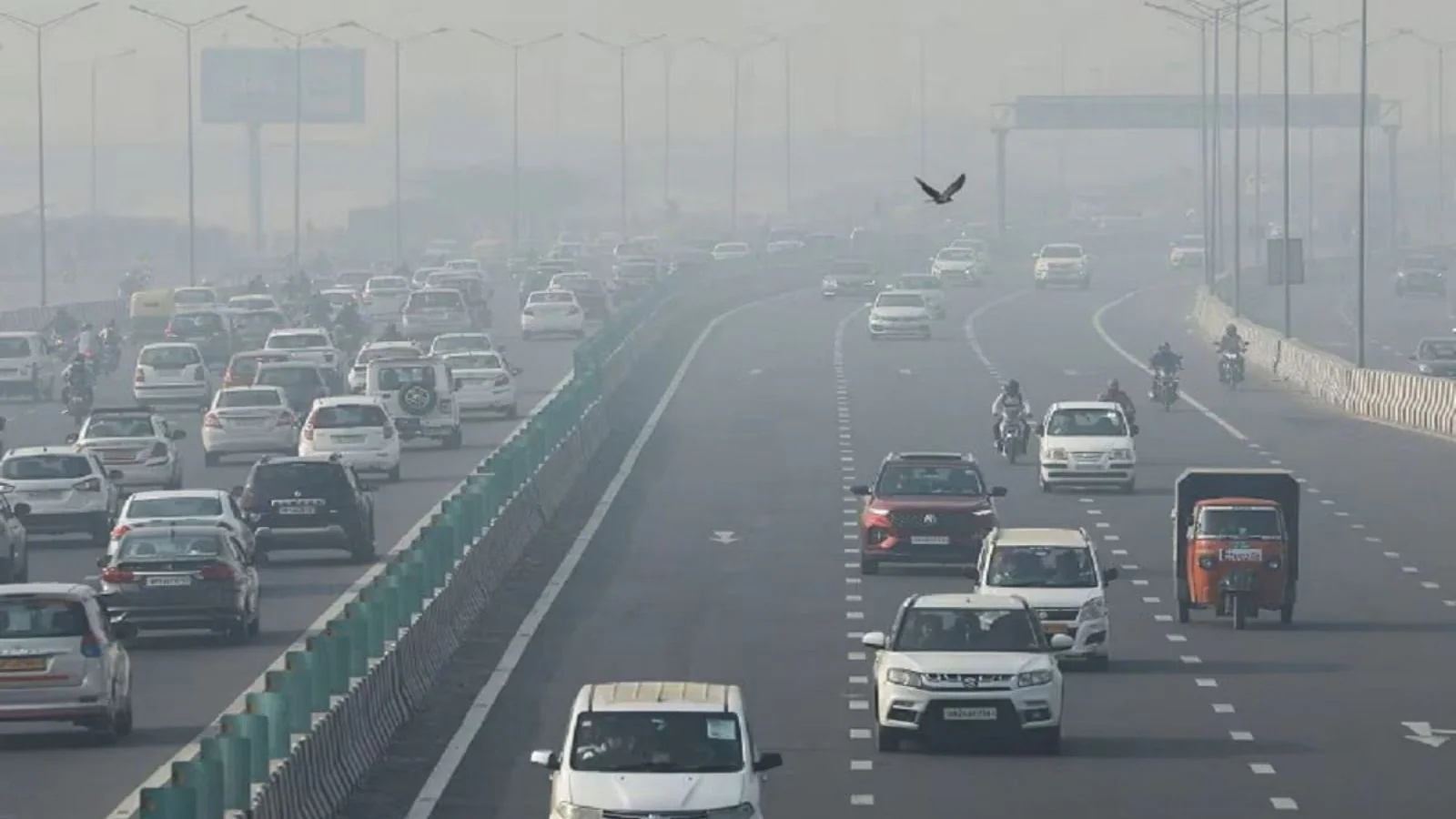Copyright news18

With PM2.5 levels in Delhi touching the highest mark since January, calls for emergency interventions have resurfaced. Among them is the Delhi government’s ambitious plan to induce artificial rain through cloud seeding, an attempt to tackle air pollution via weather modification. But despite completing technical and administrative preparations, the plan has hit a meteorological roadblock: there simply aren’t enough clouds. The Capital’s skies have remained unusually dry even after Diwali, and according to the India Meteorological Department (IMD), no favourable cloud window is expected before October 25. So, what exactly is cloud seeding, how does it work, and can it realistically bring down pollution levels in Delhi? Let’s break it down. What Is Cloud Seeding And How Does It Work? Cloud seeding is a weather modification technique aimed at enhancing precipitation. It involves dispersing certain substances, most commonly silver iodide (AgI) or salt particles, into clouds. These particles act as nuclei around which water vapour condenses and eventually falls as rain. There are two major types of cloud seeding: Hygroscopic Cloud Seeding: Involves releasing salt-based particles (like potassium chloride or sodium chloride) at the base of warm clouds. These particles help water droplets merge and grow large enough to fall. Glaciogenic Cloud Seeding: Involves injecting substances like silver iodide or dry ice into supercooled clouds. These particles facilitate the formation of ice crystals, which then grow and descend as rainfall once they melt. The materials are usually deployed from aircraft. In Delhi’s case, a Cessna-206H aircraft modified for cloud seeding and stationed in Meerut is on standby. Aircraft release the seeding material into pre-identified clouds, often with flares mounted on the wings that ignite to disperse particles at specific altitudes. The initiative is being led in partnership with IIT Kanpur, which is providing technical expertise and has also conducted earlier trials in other Indian states. Why Has The Plan Been Delayed Despite Pollution Spikes? Simply put: no clouds, no rain. Cloud seeding cannot generate rain from clear skies; it can only enhance rainfall in moisture-laden clouds that already exist. Scientists from IIT Kanpur have clarified that the technique only works when the target clouds contain at least 50 per cent moisture and are located between 500 and 6,000 metres above ground, conditions typically associated with Nimbostratus clouds. But Delhi’s skies have remained unusually dry and thin, lacking sufficient cloud mass to initiate the operation. Four dry-run flights have already been successfully conducted over northwest Delhi. According to Delhi Environment Minister Manjinder Singh Sirsa, all DGCA approvals, pilot arrangements, and ground protocols are in place. “Previous governments only made announcements. We completed everything in seven months, from permissions, agreements, scientific consultations, to aircraft arrangements,” Sirsa said. He also underlined that this isn’t just political optics: “We’re ready. The moment clouds form, we will fly,” he told PTI. However, the final go-ahead hinges on real-time weather inputs from the IMD. What Is The Expected Impact Of Artificial Rain On Pollution? Even light to moderate rainfall can temporarily reduce air pollution. According to Moneycontrol, artificial rain could lower the city’s Air Quality Index (AQI) by anywhere between 50 and 80 points, depending on the spread and intensity of the showers. For example, if Delhi’s AQI is in the “very poor” category (300–400), a successful rain event might bring it down to the “poor” or “moderate” band. Rainfall helps by washing out suspended particulate matter, especially PM2.5 and PM10, which are the dominant pollutants in Delhi’s air during winter. However, this effect is temporary. Once emissions continue, from vehicles, construction dust, crop stubble burning, and industrial activities, AQI levels tend to rebound in a few days unless supported by deeper systemic interventions. Has Cloud Seeding Been Tried Before In India? India is not new to cloud seeding. States like Maharashtra, Karnataka, Andhra Pradesh, Gujarat, and Tamil Nadu have all attempted cloud seeding to induce rain during dry spells, especially for agriculture. The Indian Institute of Tropical Meteorology carried out one of the earliest experiments in 1972, and more recently, Karnataka and Maharashtra deployed the technique in drought-prone districts. However, scientific evaluations of success have remained inconclusive. The CAIPEEX (Cloud Aerosol Interaction and Precipitation Enhancement Experiment) programme, conducted by Indian scientists, suggests an average rainfall enhancement of 15–20 per cent under optimal conditions. But replicating this in a dense urban setting like Delhi, especially during a dry winter, is untested. The trial will focus on northwest Delhi for now, with potential future expansion depending on results. What Are The Limitations And Criticisms? While cloud seeding offers potential short-term relief, experts have flagged several limitations: Meteorological Uncertainty: Delhi’s winter skies, shaped by western disturbances and weak monsoonal remnants, rarely produce long-lasting, moisture-rich clouds in October and November. Short-Lived Gains: Even if seeding succeeds, the resulting rain offers only temporary relief. Pollution levels may dip immediately after the showers but tend to rebound within a few days unless core emission sources like traffic, construction dust, industry, and biomass burning are tackled simultaneously. Environmental Concerns: The process typically involves dispersing silver iodide or dry ice into clouds. While global studies have found silver iodide to be safe in regulated quantities, environmentalists argue that repeated or large-scale use must still be monitored for potential bioaccumulation in soil or water. Scientific Ambiguity: A key challenge is attribution. It is difficult to conclusively prove that rainfall was triggered by seeding rather than natural atmospheric processes. Such experiments require controlled comparisons, such as flying one aircraft through a cloud and leaving another untouched, and need extensive ground-based instrumentation, which is often lacking in urban environments like Delhi. The Central Pollution Control Board (CPCB) and the Commission for Air Quality Management (CAQM) have reportedly advised the Delhi government to treat cloud seeding as an experimental measure, not a primary solution. According to TOI, these bodies have warned against over-reliance on seeding and emphasised that structural reforms are the only long-term answer to Delhi’s pollution crisis. So, When Will The Trial Actually Happen? As of now, no fixed date has been announced for the cloud seeding operation. The Delhi government has stated that all preparations are complete. However, the final go-ahead depends entirely on favourable cloud conditions, which have not materialised so far.



